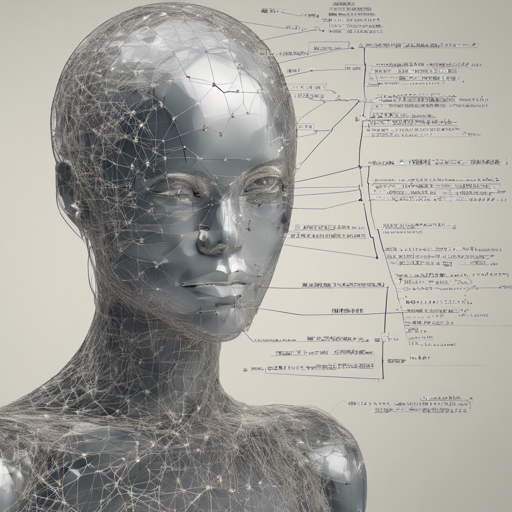In the ever-evolving world of natural language processing (NLP), the ability to accurately tag and parse languages is crucial, especially for languages that don’t strictly adhere to traditional syntactic structures. Today, we will explore and utilize the Koichi Yasuoka RoBERTa model pre-trained on Japanese texts which excels in both Part-Of-Speech (POS) tagging and dependency parsing.
Model Description
This model is a variant of RoBERTa, specifically tailored for Japanese. It uses the roberta-base-japanese-aozora-char as its base. The model computes tags for long-unit-words based on Universal Part-Of-Speech tags that help in identifying the grammatical properties of individual words.
How to Use the Model
Now that we’ve understood the basics, let’s dive into how to leverage this powerful model to perform token classification.
We have two methods to utilize the model, one using the Transformers library and the other using the esupar package.
Method 1: Using Transformers Library
from transformers import AutoTokenizer, AutoModelForTokenClassification, TokenClassificationPipeline
# Load the tokenizer and model
tokenizer = AutoTokenizer.from_pretrained("KoichiYasuokaroberta-base-japanese-char-luw-upos")
model = AutoModelForTokenClassification.from_pretrained("KoichiYasuokaroberta-base-japanese-char-luw-upos")
# Initialize the pipeline
pipeline = TokenClassificationPipeline(tokenizer=tokenizer, model=model, aggregation_strategy="simple")
# Define the NLP function
nlp = lambda x: [(x[t['start']:t['end']], t['entity_group']) for t in pipeline(x)]
# Test the model
print(nlp("私は自然言語処理が好きです。"))
Method 2: Using esupar Package
import esupar
# Load the esupar model
nlp = esupar.load("KoichiYasuokaroberta-base-japanese-char-luw-upos")
# Test the model
print(nlp("私は自然言語処理が好きです。"))
In the examples above, we first load the appropriate model and tokenizer, set up our pipelines, and define a function that will process input text for POS tagging and dependency parsing.
Understanding the Code with an Analogy
Imagine you’re trying to decipher a language to create a comprehensive map of how words relate to each other – like mapping the connections of roads in a city. Here, the words are the road signs, each giving us specific information. The tokenizer acts like a cartographer who carefully represents each road sign (word) on the map (input text). The model is the guide that understands the relationships and provides the necessary tags (like directions) that help us navigate through the sentences with ease. The pipeline is the process through which our cartographer visualizes the map, ensuring every sign is presented clearly and followed by correct directions (tags).
Troubleshooting Tips
If you encounter any issues while using the model, consider the following:
- Ensure that you have the latest version of the transformers and esupar libraries installed.
- Double-check the model’s name in the loading functions to avoid typos.
- If you receive an error related to data input, verify that the text is in a supported format (i.e., proper Japanese script).
- For more insights, updates, or to collaborate on AI development projects, stay connected with fxis.ai.
Final Thoughts
Leveraging this advanced model could significantly enhance your NLP projects by improving your text analysis capabilities for the Japanese language. Whether you’re building applications, conducting research, or diving into linguistic studies, the Koichi Yasuoka RoBERTa model is an invaluable resource.
At fxis.ai, we believe that such advancements are crucial for the future of AI, as they enable more comprehensive and effective solutions. Our team is continually exploring new methodologies to push the envelope in artificial intelligence, ensuring that our clients benefit from the latest technological innovations.

